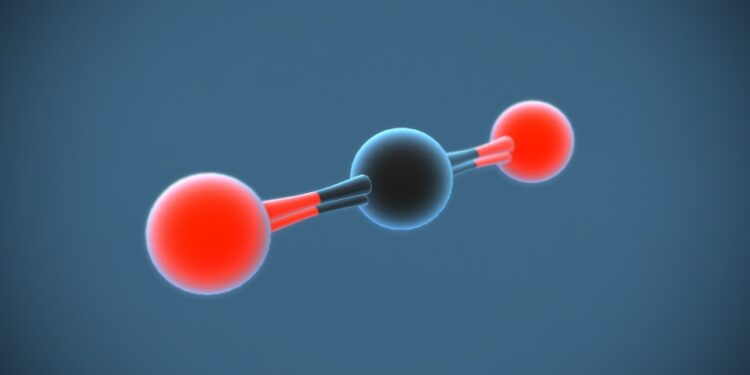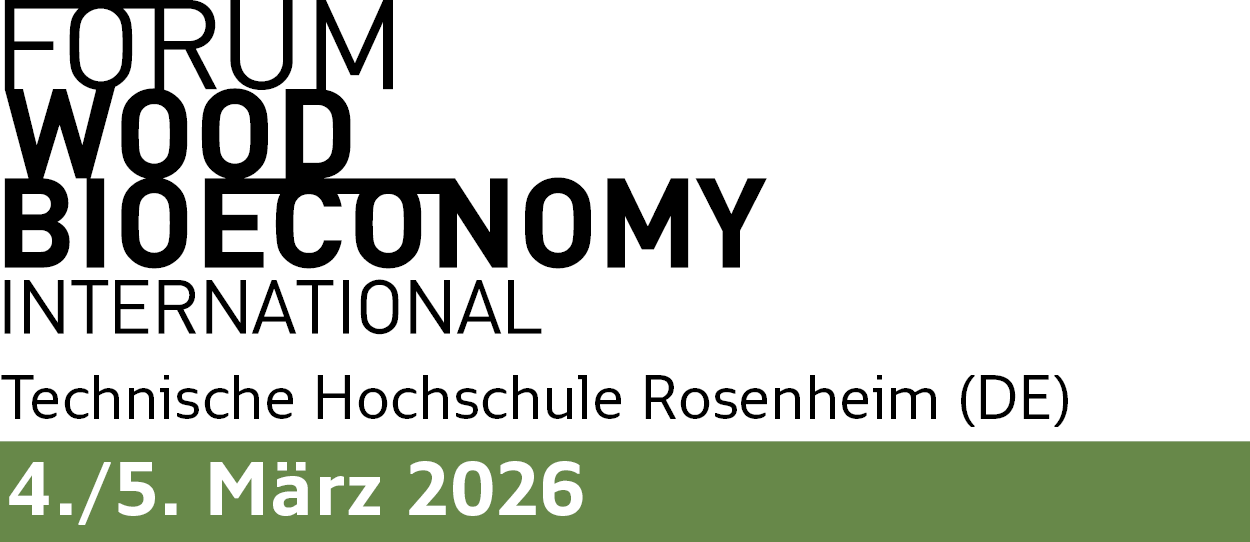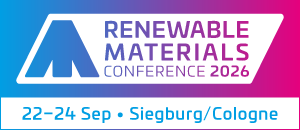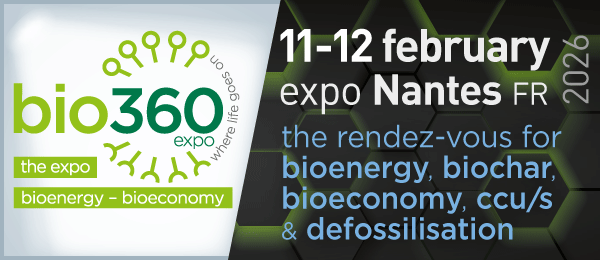
The process of converting CO2 into carbon monoxide with the help of ionised gas (plasma) may become more efficient of the nitrogen flow under room temperature is directed to the outlet of plasmatic reactor. This flow quickly cools the reaction products and does not allow for the re-conversion of carbon monoxide back into to carbon dioxide. Scientists from the Institute of Applied Physics named after A.V. Gaponov-Grekhov of the Russian Academy of Sciences (RAS) came to such conclusion based on the results of their research published in Journal of CO2 Utilisation.
One of the most efficient methods of CO2 disposal is its conversion into carbon monoxide, which can be used as feedstock for organic compounds production including ethers and alcohols. In this case, carbon monoxide is decomposed with the help of ultra-high-frequency (UHF) electric charge: UHF waves are transferring energy is gas atoms, which results in “tearing away” the charged particles, hence, atoms are becoming ions – this is called plasma state. After multiple collisions with electrons and other excited particles, the CO2 molecules are disintegrating and turning into carbon monoxide and oxygen.
This method is rather simple, but has relatively low efficiency: part of the carbon monoxide molecules formed in the plasma are re-converted back into carbon dioxide. The reason is that the most efficient conversion of carbon dioxide into carbon monoxide takes place under the temperature from 5,700 to 6,000 degrees Celsius, which is achieved only in the UHF-charge zone. With the growing distance from that zone the temperature decreases gradually, and when it reaches 1,700-2,000 degrees Celsius, the ideal conditions are created for re-conversion back into carbon dioxide. Scientists from the Institute of Applied Physics of RAS resolved this problem by very quick cooling of plasma, when this temperature range of 1,700-2,000 degrees Celsius is literally “darted past”.
The authors of the study designed the reactor, in which with the help of the UHF-radiation generator (gyrotron) plasma was created in the flow of carbon dioxide under atmospheric pressure: in such plasma carbon dioxide got decomposed inti carbon monoxide and oxygen. At the same time, the researchers put the tubes to the outlet of the plasma zone supplying room temperature cooling gas – nitrogen. Supplying the cooled nitrogen countering the hot flow of gases allowed for practically instantaneous passing over the stage when the gas temperature is 1,700–2,000 degrees Celsius, and thus prevent the re-conversion of carbon monoxide back into carbon dioxide.
The chemical test of the out-going gas showed that without cooling only 7% of CO2 mass got converted into carbon monoxide, while as given the intense nitrogen flow (4.5 l per min) the conversion efficiency increased up to 24%. When nitrogen was replaced with the cooled mix of gases going out of the chamber after the reaction, the efficiency of conversion reached 23.4%. This las method allows for receiving the reaction products – carbon monoxide and oxygen – free from foreign matters.
“Our method will allow for zero-waste carbon monoxide production from carbon dioxide, because exhaust gases may be engaged in the process. The reactors like the one designed by us will increase the efficiency of processing and using greenhouse gases, which is much-in-demand from the standpoint of counteracting accumulation of greenhouse gases in the atmosphere”, the Russian Science Foundation is citing Dmitry Mansfeld, the head of the research group, Candidate of Physical and Mathematical Sciences.
Source
Global Energy Prize, press release, 2024-06-01.
Supplier
Institute of Applied Physics (RAS)
Russian Academy of Sciences
Share
Renewable Carbon News – Daily Newsletter
Subscribe to our daily email newsletter – the world's leading newsletter on renewable materials and chemicals











